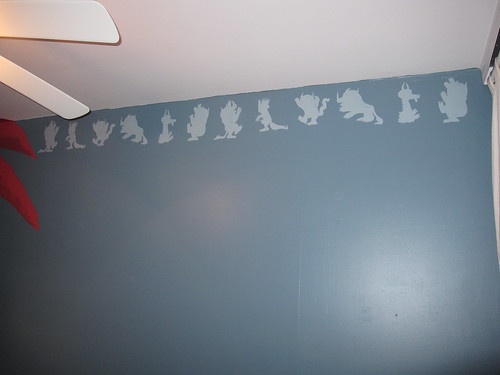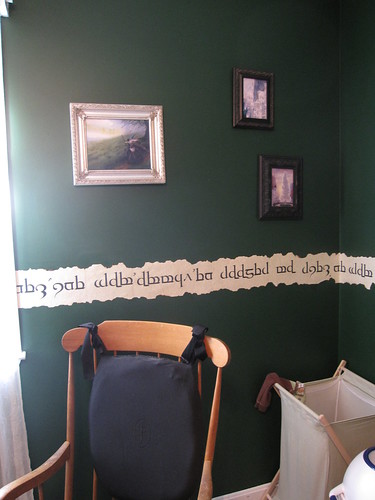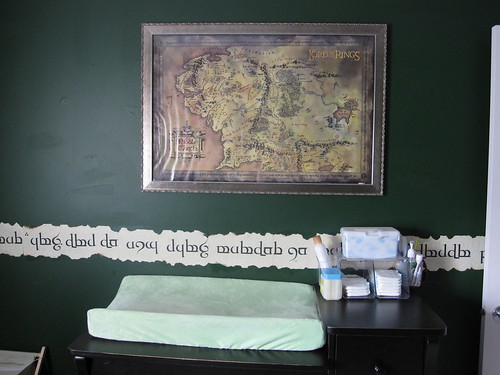 72. Slater, Maya. The Private Diary of Mr. Darcy. 324 pages. 6.15.09.
72. Slater, Maya. The Private Diary of Mr. Darcy. 324 pages. 6.15.09.
Finally, a Darcy story that true Austen-lovers can enjoy! Maya Slater's
The Private Diary of Mr. Darcy artfully blends original ideas with the concepts of the well-known original to strike an interesting balance between a classic and a contemporary view. I greatly enjoyed Slater's work.
The conception of rewriting Jane Austen's classic novel
Pride and Prejudice from the point of view of Mr. Darcy is far from original; a quick search on Amazon.com produces a number of results including such contributions as
Mr. Darcy's Diary: A Novel,
The Confession of Fitzwilliam Darcy,
Mr Darcy Takes a Wife, and
Darcy's Story (which does not include all the titles currently available). Having read
Darcy's Story relatively recently I found myself hesitant to pursue another book of the same type; my previous reading revealed the work to be little more than ill-conceived fan fiction, and I cringed as the author butchered her way through the original brilliance of the work. However, when presented with the opportunity to read Maya Slater's take on LibraryThing's Early Reviewers I saw no harm in giving a different rendition of Darcy's story a go.
As I first began
The Private Diary of Mr. Darcy I was disappointed to find that Slater's composition
seemed to fall into this category. However, as I continued the novel I was pleasantly surprised by what I found, and believe my initial impression was colored by
Darcy's Story. Unlike other Darcy stories, which attempt to sympathize and humanize Austen's severe and austere character, Slater manages to contribute to the story without severely altering the original character as established in
Pride and Prejudice. While the epistolary-like qualities of the book allow the reader greater insight into the "honest" thoughts and motivations behind Mr. Darcy's actions and personality, Slater steers away from the trap of overly-romanticizing Fitzwilliam himself. Some events are expounded and Darcy's internal turmoil is put on full display, but his occasionally-ostentatious observations and responses are preserved as Slater demonstrates the result of being born and bred a gentleman of means and principles in the late-eighteenth century.
While I still have a few complaints about the novel itself - such as the persistent and unnecessary presence of Lord Byron - I feel that Slater's conception is honest and fairly faithful, and would put it before all other attempts I have come across so far.



























